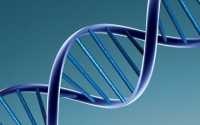Table of Contents
- Introduction
- How Botox Works: Beyond the Aesthetic
- Botox for Migraine Relief
- Easing Symptoms of TMJ and Bruxism
- Reducing Excessive Sweating (Hyperhidrosis)
- Botox for Overactive Bladder
- Botox and the Treatment of Eye Conditions
- Alleviating Muscle Spasms and Disorders
- Emotional and Psychological Benefits of Botox
- Considering Botox for Medical Reasons




